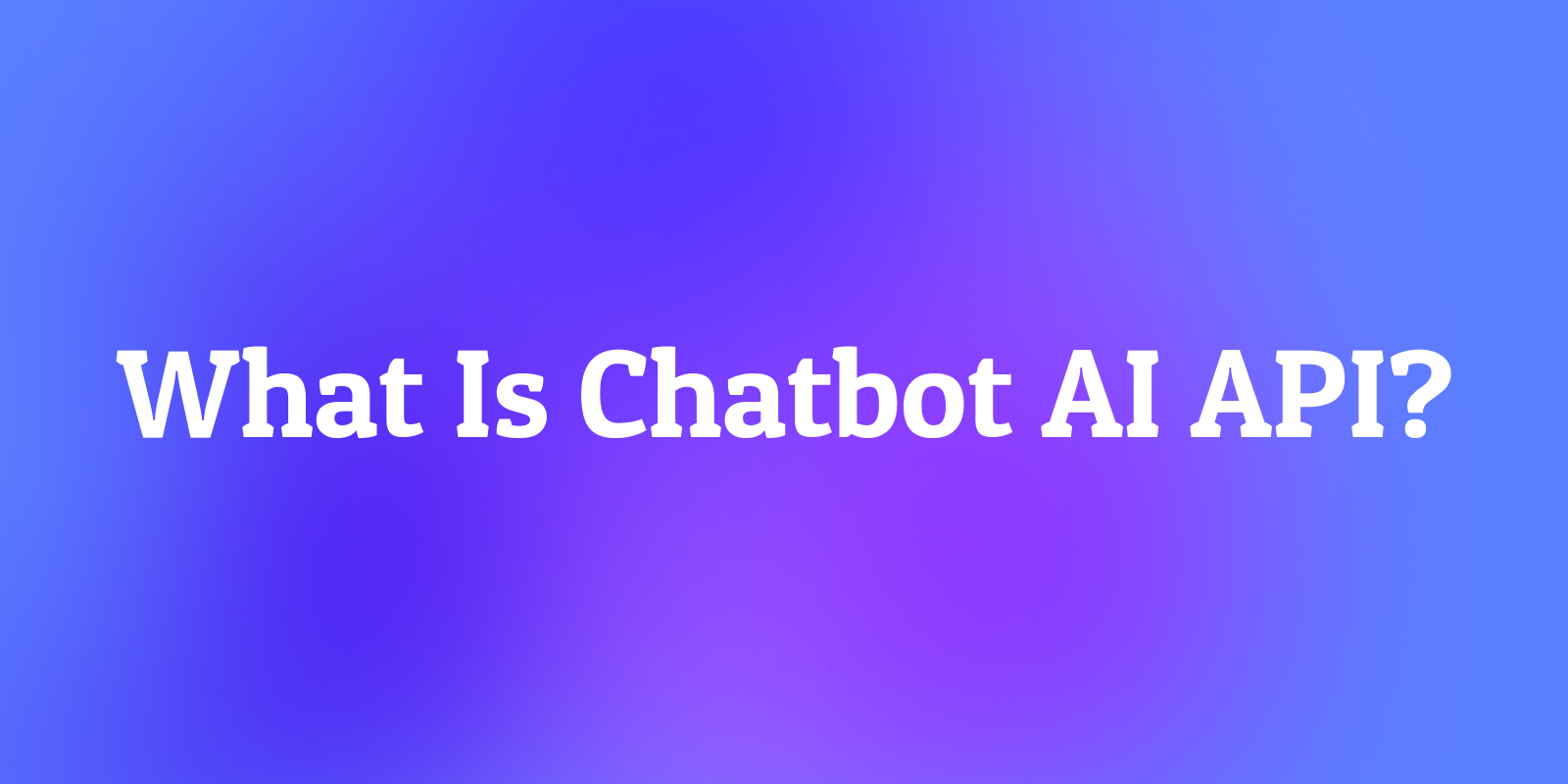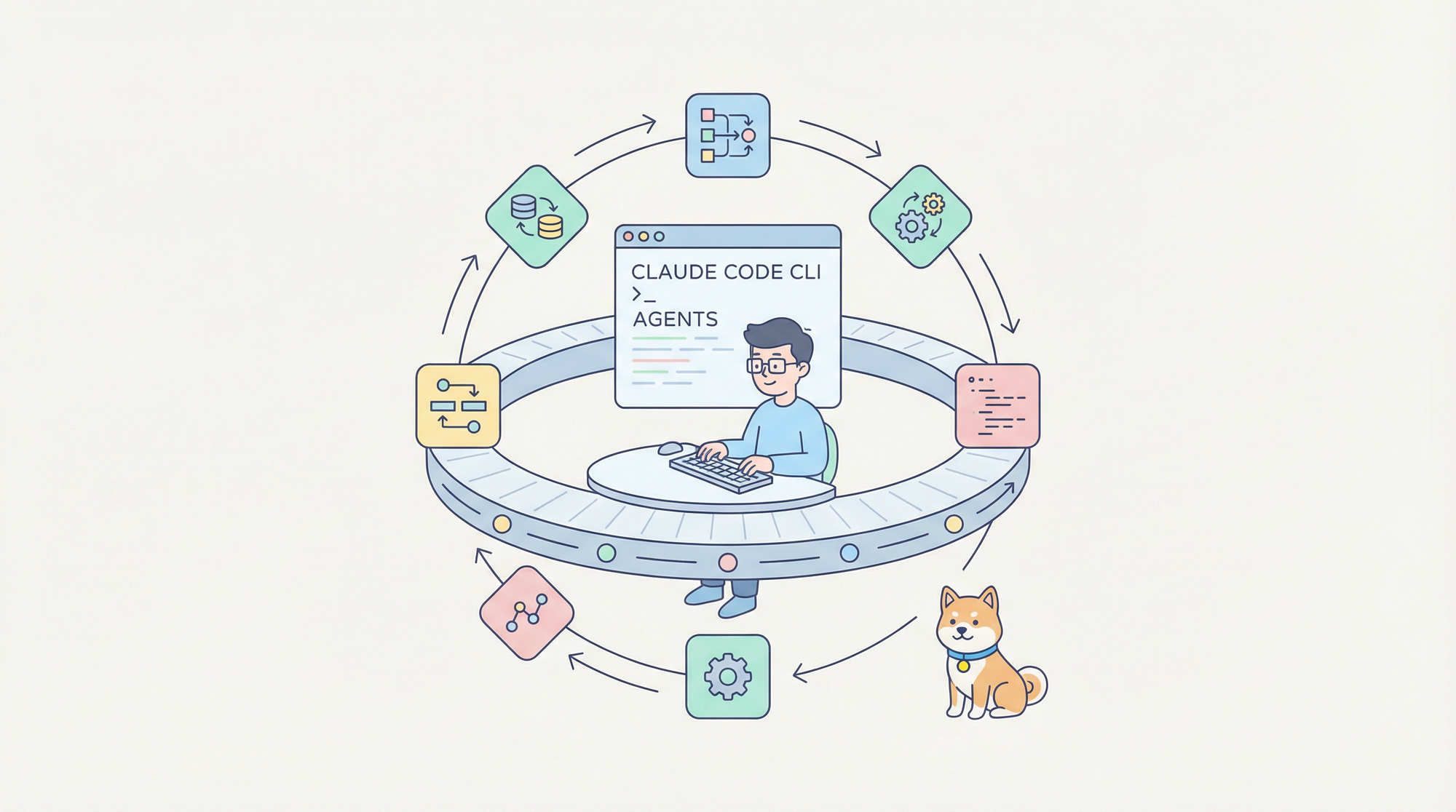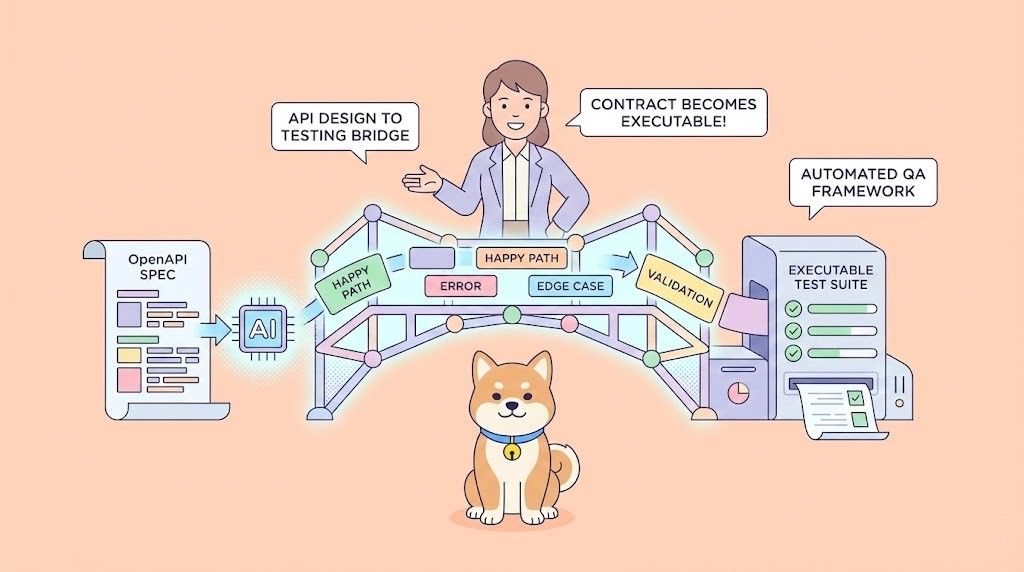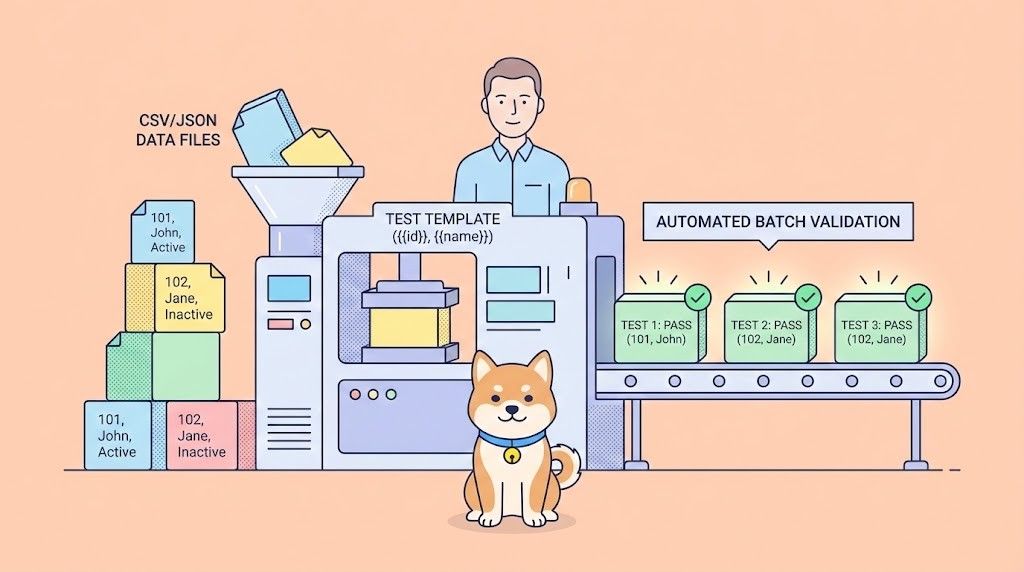You're on a website, and a little window pops up in the corner: "Hi there! How can I help you today?" You've just encountered a chatbot.
A few years ago, that experience was often… frustrating. You'd type "I need to change my password", and it would respond, "I'm sorry, I don't understand. Did you mean 'store hours'?" You'd quickly click the "X" and hunt for a human customer service number.
But something has changed. Recently, you've probably chatted with a bot that actually understood you. It answered your complex question, solved your problem, and maybe even cracked a joke. It didn't feel like a rigid, pre-programmed robot. It felt intelligent.
What happened? The secret isn't just better programming. It's the rise of a powerful new technology: the Chatbot AI API.
These APIs are the brains behind the new generation of chatbots, powering everything from customer service agents to creative writing companions. But have you ever wondered what really goes into building these chatbots, and especially, what a Chatbot AI API is?
Before we dive into how they work, if you're a developer or product manager looking to build with this technology, you need a tool that lets you test, refine, and master these APIs. Download Apidog for free; it's an all-in-one API platform that is perfect for crafting prompts, testing AI responses, and building robust workflows around Chatbot AI APIs before you write a single line of code.
Now, let's pull back the curtain and discover how these digital brains actually work.
The Old Way: Rule-Based Chatbots
To appreciate the AI revolution, we must first understand the old way of building chatbots. These are often called rule-based or decision-tree chatbots.
Imagine a phone tree: "Press 1 for Sales, Press 2 for Support..." A rule-based chatbot is the text version of this. Developers predefine a list of questions a user might ask and map them to specific, pre-written answers.
- User says: "What are your hours?"
- Bot matches: Keyword "hours" found.
- Bot responds: "We are open from 9 AM to 5 PM, Monday to Friday."
This works for very simple, predictable queries. But the moment a user asks something unexpected, like "Are you open on Thanksgiving?" or phrases their question differently, like "When do you guys start work?", the system breaks down. It has no real understanding; it's just pattern-matching.
The New Way: AI-Powered Chatbots
An AI-powered chatbot is a different beast. It doesn't rely on rigid rules. Instead, it’s built on a foundation of Machine Learning (ML) and Natural Language Processing (NLP).
It’s trained on massive datasets of human language, learning the patterns, nuances, and context of how we communicate. This allows it to:
- Understand intent: Figure out what the user means, even if they don't use the exact keywords.
- Handle variability: Understand the same question asked in hundreds of different ways.
- Generate responses: Create new, human-like text on the fly instead of just picking from a list.
But how does a developer, who isn’t a machine learning expert with a giant supercomputer, add this powerful AI to their app?
This is where the Chatbot AI API comes in.
What Exactly is a Chatbot AI API?
A Chatbot AI API is a web-based service provided by a company (like OpenAI, Google, or Anthropic) that gives you programmatic access to a powerful, pre-trained large language model (LLM).
In simple terms: It’s a "Brain-as-a-Service."
Think of it as a bridge connecting your app to a powerful AI engine that understands natural language, processes user queries, and responds intelligently just like talking to a human agent.
The API exposes endpoints that can be called programmatically to send and receive chat messages, trigger conversational workflows, and access AI functionalities like intent recognition, context management, language translation, and more.
Let's reuse our restaurant analogy from previous articles:
- You (The Developer) are the customer.
- The Chatbot AI API is the world-class chef you've hired.
- Your Prompt is the order you give the chef.
- The API's Response is the delicious meal the chef prepares and sends back to you.
- The API Provider's Cloud is the massive, well-stocked kitchen you could never afford to build yourself.
You provide the instruction; the API provides the intelligence.
What Makes It a Chatbot AI API?
So, what makes an API specifically a chatbot AI API?
Here are the defining features:
- Natural Language Understanding (NLU): It can understand human queries in text or speech.
- Context Awareness: It remembers previous interactions.
- Dialogue Management: It handles back-and-forth conversations logically.
- Integration Abilities: It can connect with databases, CRMs, or external services.
- AI-Powered Responses: It generates human-like replies instead of fixed scripts.
How Does It Work? The Magic of the API Call
Using a Chatbot AI API is a familiar process for any developer: it’s a standard HTTP request-response cycle.
- Craft Your Prompt: This is the most important step. You prepare the text you want to send to the AI. This could be a user's question, a command, or a creative starting point. You structure this into a JSON object.
- Authenticate: You include a secret API key in the request headers. This proves to the provider that you have permission to use the service and allows them to bill you for your usage.
- Send the HTTP Request: You send a
POSTrequest to the API's specific endpoint (URL). The body of the request contains your prompt and any parameters you want to set. - Use the Response: Your application extracts the text from the
contentfield and displays it to the user as the chatbot's reply. - Receive the Response: The API processes your request through its model and sends back a JSON response containing the generated text.
Most Chatbot AI APIs leverage powerful machine learning models, natural language processing (NLP), and dialog management frameworks hosted in the cloud, providing scalability and continuous improvements.
Key Features That Make AI APIs Powerful
Modern Chatbot AI APIs offer a suite of controls that make them incredibly versatile:
- Context and Memory (The
messagesarray): Notice themessagesarray in the request. It includes asystemmessage to set the assistant's personality and a history of theuserandassistantmessages. This provides context, allowing the AI to remember the conversation history and have a coherent, multi-turn dialogue. - Parameters for Control: You can tweak the API's behavior:
1)Temperature: Controls randomness. Low temperature (0.2) = focused, deterministic. High temperature (0.8) = creative, unpredictable.
2)Max Tokens: Limits the length of the response.
3)Stop Sequences: Defines sequences where the API will stop generating further text.
- Safety and Moderation: Most major APIs have built-in content filters to prevent the generation of harmful, unethical, or dangerous content.
Why Use a Chatbot AI API?
The "Brain-as-a-Service" model is revolutionary for a few key reasons:
- Accessibility: You get state-of-the-art AI without a PhD in machine learning or millions of dollars in computing hardware.
- Scalability: The API provider handles all the server infrastructure. Your chatbot can serve ten users or ten million users without you worrying about scaling your GPU cluster.
- Cost-Effectiveness: You typically pay only for what you use (e.g., per thousand "tokens" processed), which is far cheaper than the cost of developing and maintaining your own model.
- Constant Improvement: The provider continuously updates and improves their models. Your application gets smarter over time without you having to do any work.
- Speed: Save months of development by leveraging pre-built AI chat capabilities.
Popular Chatbot AI API Providers
Here are some leading chatbot AI APIs available today:
- OpenAI GPT: Offers advanced language models capable of sophisticated conversational AI.
- Google Dialogflow: Integrates NLU and conversation design tools backed by Google’s AI.
- Microsoft Azure Bot Service: Combines bot frameworks with Azure AI capabilities.
- IBM Watson Assistant: Provides tools for building conversational agents with AI-rich capabilities.
- Amazon Lex: Powers chatbots with deep learning for intent recognition and speech.
Each of these platforms offers APIs that developers can use to build smart chatbots.
Common Use Cases of Chatbot AI APIs
These APIs are being used in countless industries:
- Customer Support: Automating FAQs, handling complaints, ticket creation.
- E-Commerce: Assisting with product searches, tracking orders.
- Banking & Finance: Answering queries about accounts, transactions.
- Healthcare: Providing symptom checkers and appointment scheduling.
- Travel & Hospitality: Booking flights, hotels, and offering travel info.
- Education: Personalized tutoring and answering student queries.
Endless Possibilities: Use Cases Beyond Customer Service
While customer service is a classic use case, the applications are limitless:
- Content Creation & Brainstorming: Generate marketing copy, blog ideas, poetry, or code.
- Tutoring and Education: Create a personalized tutor that can explain complex topics in different ways.
- Internal Knowledge Base Q&A: Connect the API to your company's documents to create a chatbot that answers employee questions about HR policies or IT support.
- Accessibility Tools: Build tools that summarize long articles for people with reading difficulties or translate languages in real-time.
- Creative Companions: Develop interactive fiction games or role-playing characters.
Types of Chatbot AI APIs
There are different types of chatbot AI APIs depending on their specialization:
- Text-based APIs: For chatbots in messaging apps.
- Voice-based APIs: For smart assistants like Alexa or Siri.
- Domain-specific APIs: For industries like healthcare or finance.
- Hybrid APIs: Handle both text and voice inputs.
Key Benefits of Chatbot AI APIs
Why are businesses flocking to chatbot AI APIs? Here are some big wins:
- Reduced Costs: Automating routine queries lowers support expenses.
- 24/7 Availability: Bots never sleep.
- Scalability: Handle thousands of conversations at once.
- Personalization: Use customer data to tailor responses.
- Faster Integration: APIs save time compared to building chatbots from scratch.
How to Get Started With Chatbot AI APIs?
- Choose Your API Provider: Based on capabilities, pricing, and ease of use.
- Design Your Chatbot's Scope: Define the intents, topics, and conversation flows.
- Integrate API into Your Application: Use SDKs or direct REST API calls.
- Test and Iterate: Use tools like Apidog to build, test, debug, and document your chatbot's API.
- Deploy and Monitor: Launch your chatbot and continuously improve it with user feedback.
Why Apidog Is an Essential Tool for Chatbot AI APIs
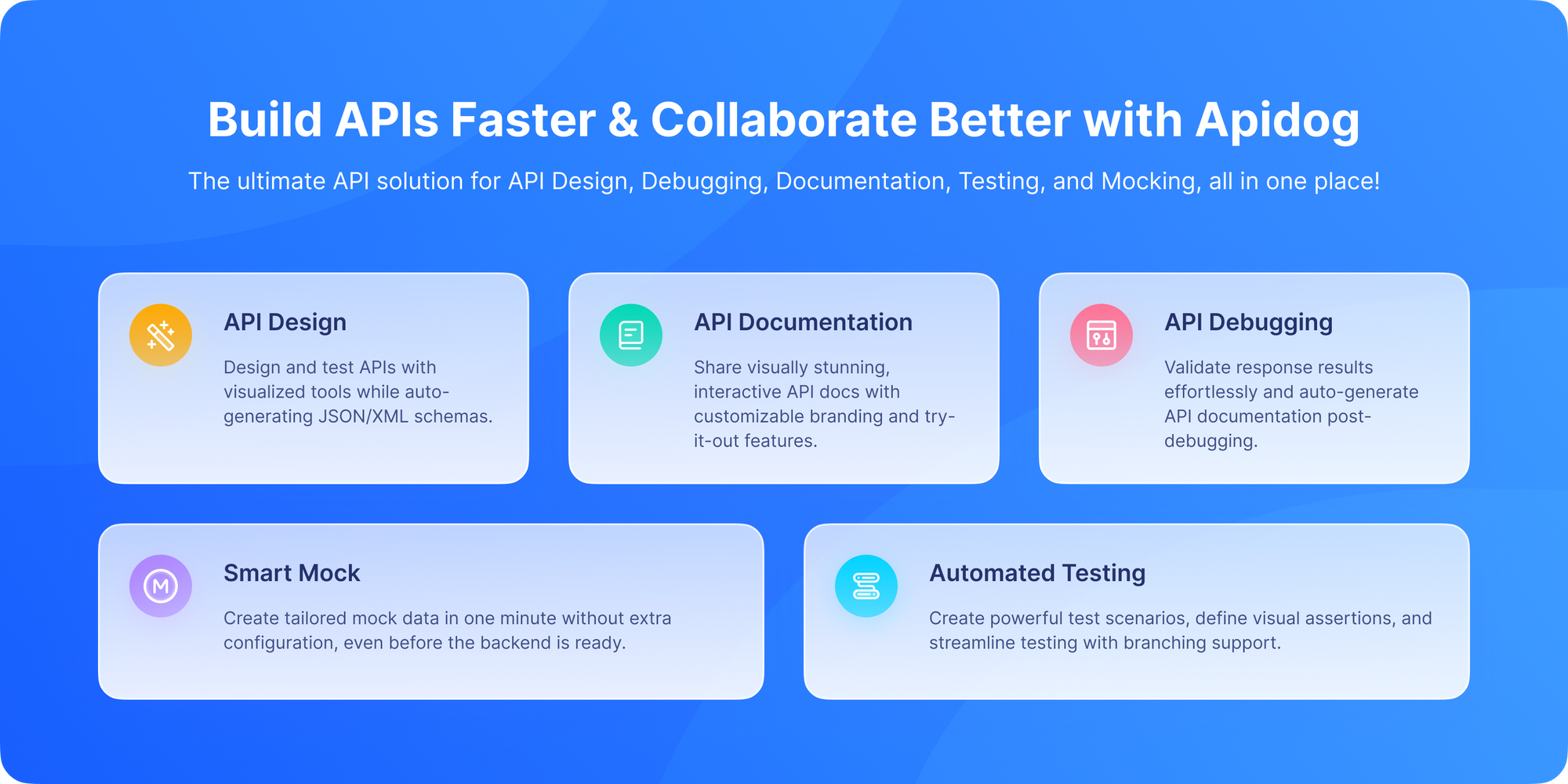
Testing chatbot APIs involves validating responses, handling edge cases, and ensuring consistent behavior across platforms. Whether you're building or integrating chatbot APIs, you'll need to test endpoints, manage documentation, mock responses, and collaborate with teams. Apidog offers:
- API Design & Documentation: Easily structure chatbot AI APIs to keep your API specs clear and developer-friendly.
- Mock Servers: Simulate API prototype chatbot interactions before deployment.
- Automated Testing: Validate accuracy and performance.
- Collaboration Tools: Developers, QA, and business teams can work together.
- Version Control: Manage updates without breaking old chatbot integrations.
Simply put: if you're diving into chatbot AI APIs, Apidog is your best friend for smoother development and testing.
How to Get Started and Test an AI API
The best way to learn is by doing. Here’s a simple workflow:
1. Sign Up: Create an account with a provider like OpenAI and get your API key.
2. Use Apidog: Instead of writing code immediately, open Apidog.
- Create a new
POSTrequest tohttps://api.openai.com/v1/chat/completions. - In the Headers tab, add
Authorizationwith the valueBearer YOUR_API_KEY. - In the Body tab, select "raw" and "JSON," and paste the example JSON from above.
- Click Send.
3. See the Magic: You'll instantly get a response from the AI in the lower pane. Try changing the user message and hitting send again. You've just built your first AI-powered conversation!
Apidog allows you to experiment with prompts, parameters, and different endpoints instantly, dramatically speeding up the development and learning process. Check out Apidog's SSE debugging features here.
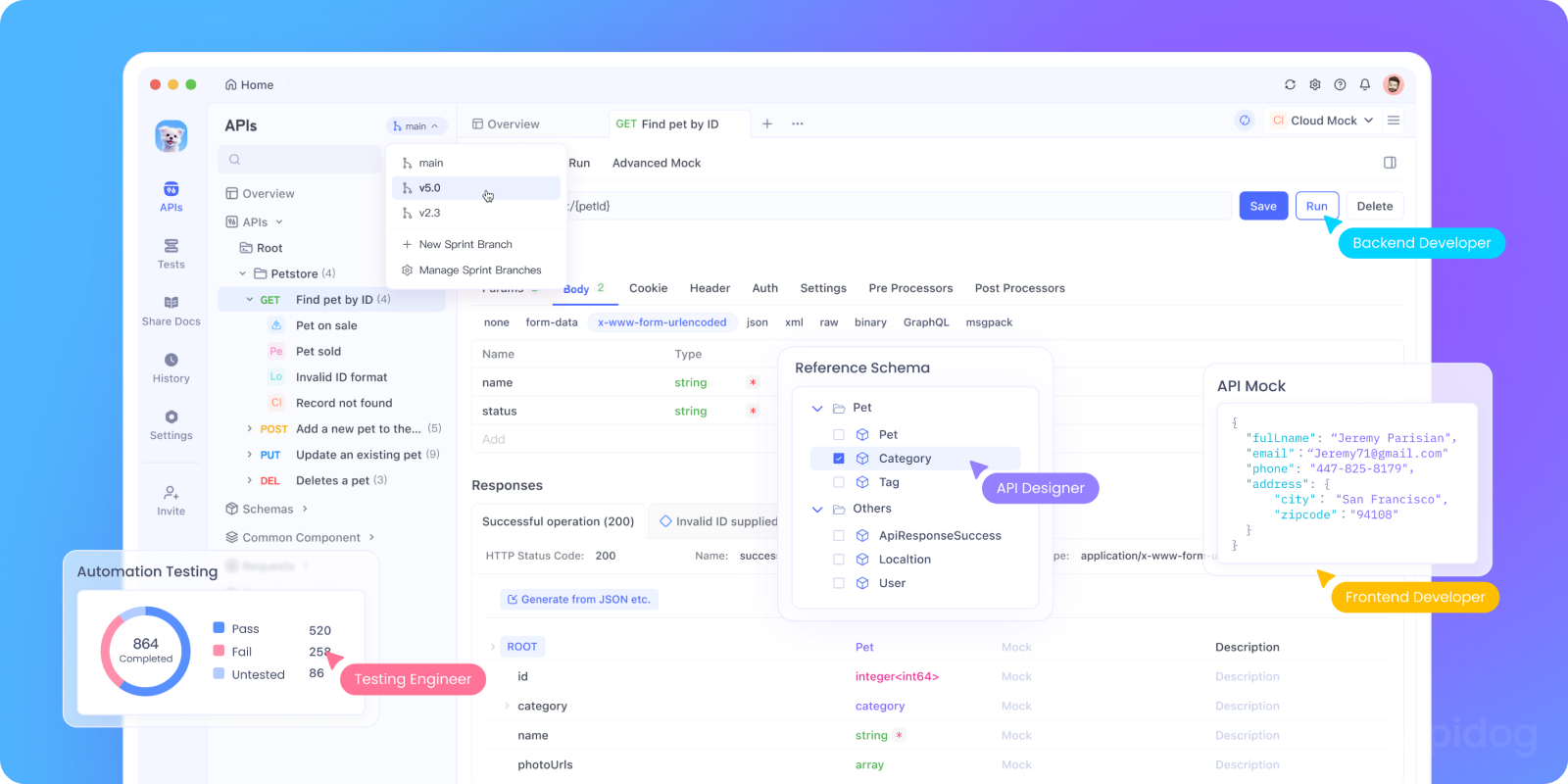
Challenges and Considerations
This technology is powerful, but it's not without its challenges:
- Cost Management: Usage can add up quickly. You need to monitor your token usage and implement caching where possible.
- Latency: API calls are made over the internet, so there's a slight delay. This needs to be designed for in user experience.
- Hallucinations: AI models can sometimes generate plausible-sounding but incorrect or fabricated information. You must have human oversight for critical applications.
- Data Privacy: Be mindful of what data you send to a third-party API. Ensure you comply with data protection regulations (like GDPR or HIPAA).
Best Practices for Chatbot AI API Integration
If you’re integrating a chatbot AI API, here’s what to keep in mind:
- Define clear goals (customer support, sales, or engagement).
- Start small with limited use cases, then expand.
- Maintain fallback options like human handovers.
- Test extensively with real users before full rollout.
- Monitor and iterate using analytics to improve accuracy.
Security Considerations in Chatbot AI APIs
Since these APIs often deal with sensitive data, security is paramount:
- Authentication: Use API keys or OAuth 2.0.
- Encryption: Always use HTTPS.
- Data handling policies: Ensure compliance with GDPR, HIPAA, etc.
- Rate limiting: Prevent misuse and spam attacks.
The Future of Chatbot AI APIs
Chatbot AI APIs are only going to get more sophisticated. We’re moving toward:
- Hyper-personalization using predictive analytics.
- Emotionally intelligent chatbots that recognize tone and sentiment.
- Deeper integrations with IoT devices.
- Multimodal chatbots combining text, voice, and even visual inputs.
In short, the future of chatbot AI APIs is limitless.
Final Thoughts
So, what is a Chatbot AI API? It’s the technology that powers intelligent chatbots by providing developers access to NLP, AI-driven responses, and conversation management tools through an API. Chatbot AI APIs represent a fundamental shift in how we build software. They are democratizing access to artificial intelligence, enabling developers to create applications that were once the stuff of science fiction.
With them, businesses can:
- Automate customer interactions.
- Reduce support costs.
- Provide instant, scalable assistance.
By understanding how they work and using powerful tools like Apidog to harness their potential, you can be at the forefront of building the next generation of intelligent, helpful, and engaging user experiences. And if you’re serious about building or testing APIs, don’t forget to download Apidog for free. It’s your one-stop solution for designing, testing, and managing chatbot AI APIs (and any other APIs you work with).
